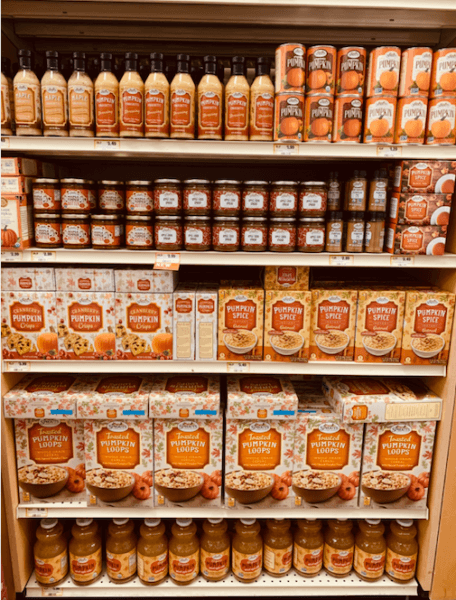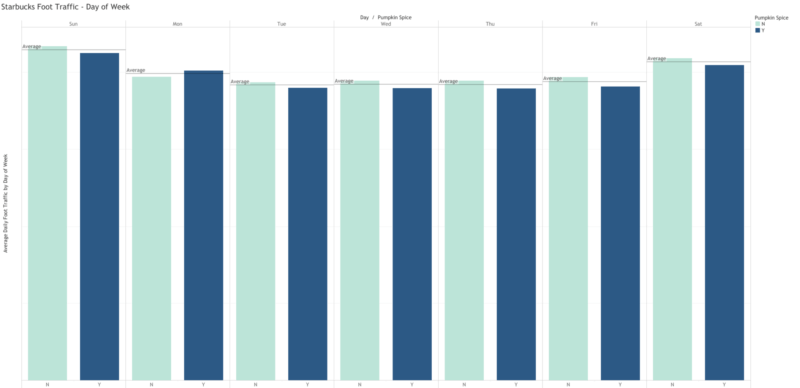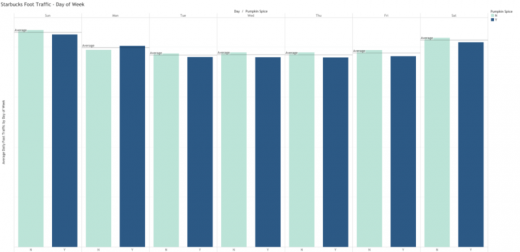What location data can tell us about the state of Starbucks’ pumpkin spice latte
Location intelligence can test for viability or the continuing appeal of products.
Even though Autumn doesn’t officially start until September 23, Labor Day marks the effective start of the season for most people. School is back in session, the weather starts to turn (a bit) and the much-loved but equally derided pumpkin spice latte (PSL) makes its return.
Been around now for 15 years. The flavored coffee drink was initially introduced by Starbucks in 2003 and has now been in the market for 15 years. It has almost single-handedly inspired an entire sub-genre of seasonal foods.

During its early years, the novelty of the coffee drink brought in new customers regularly. And while it has become seasonal staple of many people’s caffeinated beverage routines, its impact on Starbucks sales and store visitation appears to waning.
Pumpkin-spice fatigue? According to a foot traffic analysis by location intelligence company Gravy Analytics, the venerable yet caloric drink didn’t drive additional any incremental visits when it was re-introduced in 2018. Gravy observed, “Average daily foot traffic decreased by 2%. Starbucks customers also didn’t visit their local Starbucks more frequently once the pumpkin spice latte was released. Average daily visits per device remained flat throughout the period.”
It’s not clear whether the public has become indifferent to the Starbucks drink in particular or whether there’s growing pumpkin-spice fatigue (PSF) more generally. Based on Starbucks’ foot traffic data, Gravy speculates that competing chains, such as Dunkin, may not reap rewards they anticipate from their own pumpkin spice drinks.
Starbucks Foot Traffic by Day of Week (Jul 15 – Oct 13, 2018)

Conversely, Gravy previously showed that the introduction of the meatless Impossible Burger drove a nearly 20% increase in visitation to participating Burger King stores in test markets. This (and sales data) prompted the chain to introduce the faux burger nationally last month.
Why we should care. Location data has many uses. Audience segmentation and offline attribution are the most common. Competitive insights are gaining currency as well. But another important use case is product testing. Location data can be used a tool to determine the impact of a fast-food menu item, in this case, on store visits before the broader introduction of the product.
The pumpkin-spice latte is a lighthearted example to prove a larger point about the utility of location data to provide customer insights. And while test marketing and sales data have historically been used to determine product viability, location data can help assess whether that product still has market appeal — or has run its course.
Marketing Land – Internet Marketing News, Strategies & Tips
(11)



